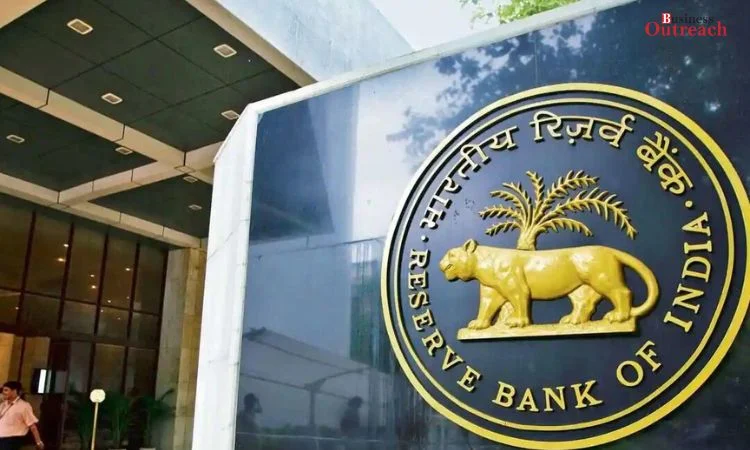In a striking indicator of economic disparity, the Reserve Bank of India’s (RBI) balance sheet has reached a size that is 2.5 times larger than the entire GDP of Pakistan. This revelation underscores the vast differences in economic scales and fiscal health between the two neighboring nations.

The RBI’s balance sheet has expanded significantly, now standing at approximately INR 66.74 trillion. This growth is attributed to various factors including robust foreign exchange reserves, government securities, and financial stability measures. On the other hand, Pakistan’s GDP is estimated to be around USD 350 billion (INR 28.56 trillion), highlighting a stark contrast in economic magnitudes.
Several factors contribute to this disparity. India’s economic policies, aimed at fostering growth, have resulted in substantial foreign investments and a burgeoning services sector. Conversely, Pakistan’s economy has struggled with challenges such as political instability, lower foreign investments, and reliance on an agrarian base.
India’s foreign exchange reserves, managed by the RBI, have been a cornerstone of this financial robustness, amounting to over USD 600 billion. These reserves provide a cushion against economic shocks and contribute to investor confidence. The central bank’s prudent management has not only bolstered the balance sheet but also facilitated macroeconomic stability.
Moreover, India’s diverse and expanding economic base, which includes IT, pharmaceuticals, and manufacturing, contributes significantly to its GDP. Policies supporting innovation and infrastructure development have further propelled economic growth. In contrast, Pakistan’s economy faces structural issues, including a high debt burden and energy deficits, which hinder economic progress.
The implications of this economic divide are multifaceted. For India, a strong RBI balance sheet means better capability to manage inflation, interest rates, and currency stability. It also reflects India’s resilience and capacity to navigate global economic uncertainties. For Pakistan, the comparative figure signals a need for structural reforms and policy shifts to enhance economic stability and growth potential.
In essence, the comparison between the RBI’s balance sheet and Pakistan’s GDP serves as a reflection of broader economic realities. It highlights the effectiveness of India’s economic strategies and the challenges that Pakistan needs to address to enhance its economic standing on the global stage.
This economic snapshot not only illustrates the current fiscal health of both nations but also underscores the potential for policy-driven growth and the importance of sound financial management in achieving economic stability and growth.
In summary, the Reserve Bank of India’s (RBI) balance sheet has reached a significant milestone, now being 2.5 times larger than the Gross Domestic Product (GDP) of Pakistan. This growth highlights the substantial economic divergence between the two neighboring countries. The expansion of the RBI’s balance sheet is attributed to increased foreign exchange reserves, rising domestic asset values, and strategic financial management. This development underscores India’s growing economic clout in the region compared to Pakistan’s relatively smaller economic scale.















